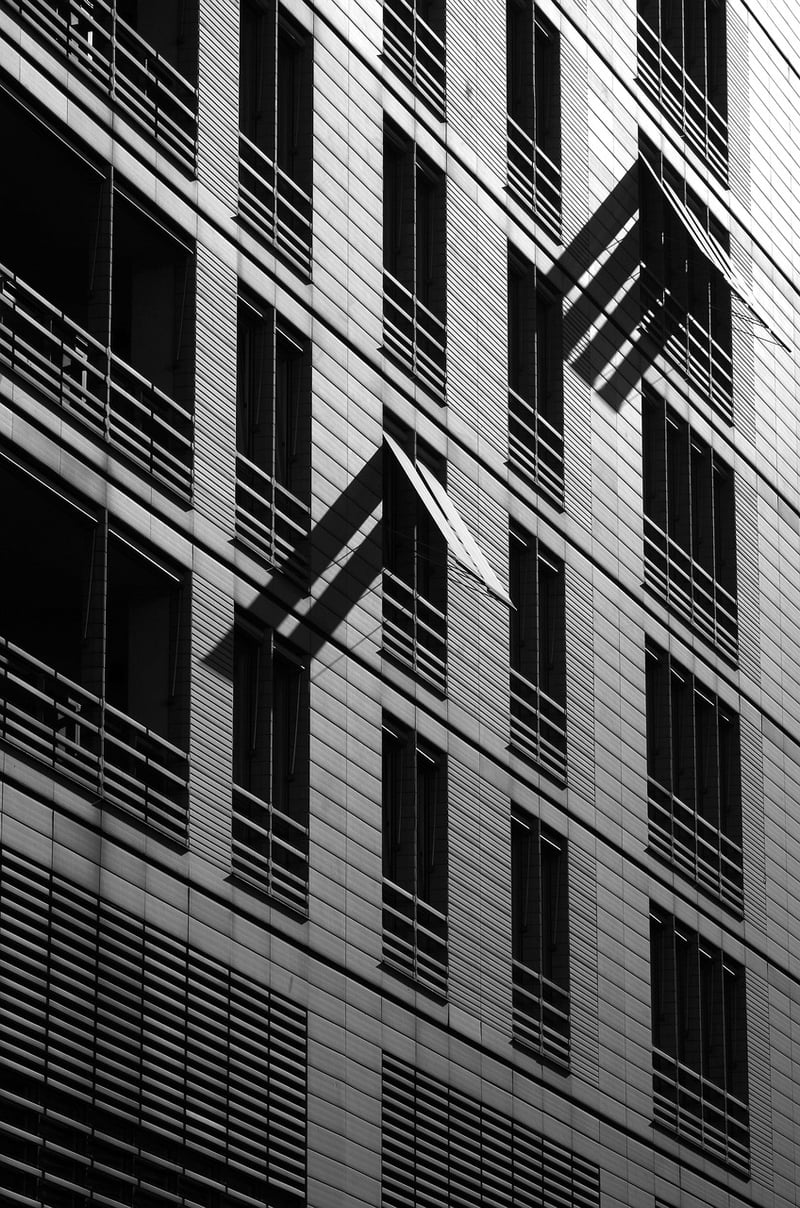Symmetry vs. Asymmetry
Creating Visually Appealing Setups: Symmetry vs. Asymmetry
When it comes to setting up your space, whether it's a room in your home, a workspace, or an event venue, the choice between symmetry and asymmetry plays a crucial role in the overall visual appeal. Both approaches have their own unique charm and can significantly impact the atmosphere of the environment. Let's explore the characteristics of each and how you can leverage them to create stunning setups.
Symmetry
Symmetrical setups involve creating a balanced arrangement where elements on one side mirror those on the other. This approach often exudes a sense of order, formality, and elegance. Symmetry can make a space feel harmonious and visually pleasing. It is commonly used in traditional interior design, architecture, and formal events.

Key Characteristics of Symmetry:
- Precision and order
- Formal and classic appeal
- Balanced and structured
- Creates a sense of stability and calmness
Asymmetry
Asymmetrical setups, on the other hand, embrace a more dynamic and unconventional approach. They involve arranging different elements in a way that doesn't mirror each other but still maintains visual balance through other means such as color, texture, or size. Asymmetry can add a sense of movement, creativity, and modernity to a space.

Key Characteristics of Asymmetry:
- Dynamism and creativity
- Modern and unconventional appeal
- Visual interest and uniqueness
- Allows for more flexibility and experimentation
Choosing the Right Approach
When deciding between symmetry and asymmetry for your setup, consider the mood and purpose of the space. Symmetry is often preferred for formal settings or areas meant for relaxation, while asymmetry can inject energy and personality into more casual or creative spaces. You can also mix elements of both approaches to create a visually engaging and balanced composition.
Ultimately, whether you opt for symmetry or asymmetry, the key is to ensure that the setup reflects your style and enhances the functionality of the space. Experiment with different arrangements, play with proportions, and trust your intuition to create a setup that is not only visually appealing but also resonates with you.
Remember, whether you choose symmetry or asymmetry, the goal is to create a setup that speaks to you and transforms your space into a visually captivating environment.
